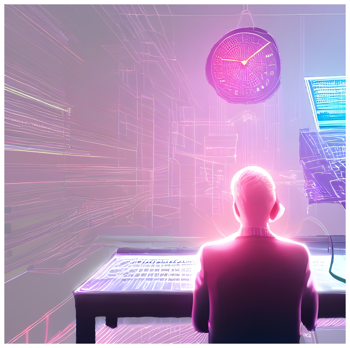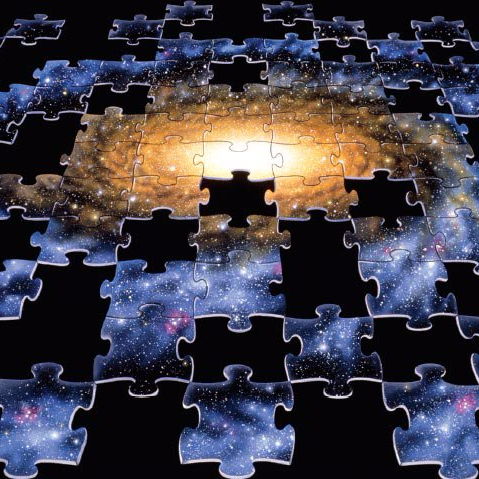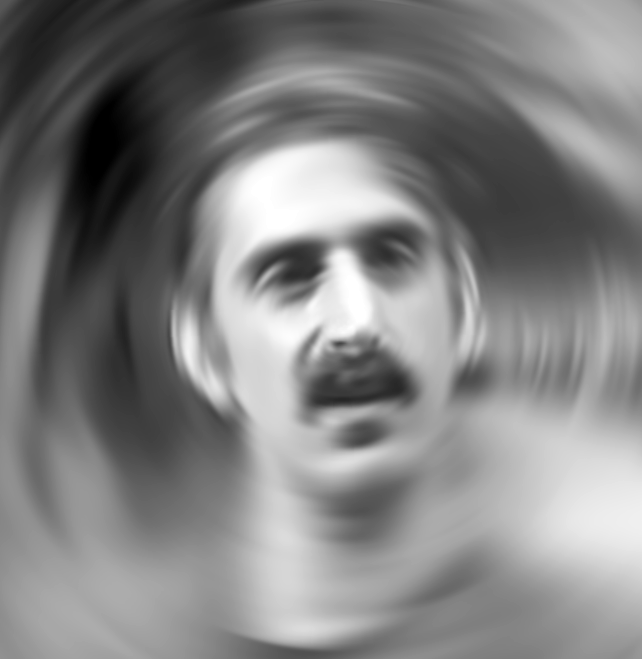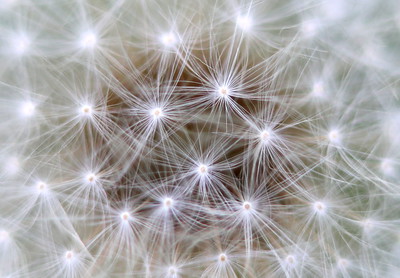
We all know the story of the goose that laid the golden eggs, and the idiot who killed the golden goose got no more golden eggs. It’s been considered good practice not to kill something that is producing important things for you1.
This is what some companies are doing, though, when it comes to AI. I pointed out here that companies have been doing it before AI, too, though in the example of HuffPost the volunteers who once contributed to it’s success simply got left out in the cold.
It is a cold world we live in, and colder each day. Yet more people are being impacted by generative AI companies, from writing to voice acting to deepfakes of mentionable people doing unmentionable things.
Who would contribute content willingly to any endeavor when it could simply be used to replace them? OK, aside from idiots, who else?

I did hear a good example, though. Someone who is doing research and is getting paid to do it has no issue with his work being used to train an AI, and I understood his position immediately: He’s making enough, and the point of doing research is to have it used. But, as I pointed out, he gets paid, and while I don’t expect he’s got billions in the bank, I’d say that once he’s still getting paid to do research, all will be well for him.
Yet not all of us are. Everyone seems intent on the golden eggs except the geese that can lay them. If you can lay golden eggs, you don’t need to go kill geese looking for them… and dead geese…. because it seems that tech bros need reminding… dead geese do not lay eggs.
- I’ve often wondered if this didn’t start Hindus not eating beef, as Indian cuisine relies heavily on the products of the cow – so a poor family killing a cow for meat would not make sense. Maybe not, but it’s plausible. ↩︎






 Sticking this here because I may be referring to it multiple times, and the full quote is a bit wordy.
Sticking this here because I may be referring to it multiple times, and the full quote is a bit wordy.  There are two main ways that I know of to connect things: science, and art. Science tends towards linear connections, where one question leads to another and connects them. Art is not so constrained, allowing the mixing of things that aren’t necessarily the same but have some coherence. The
There are two main ways that I know of to connect things: science, and art. Science tends towards linear connections, where one question leads to another and connects them. Art is not so constrained, allowing the mixing of things that aren’t necessarily the same but have some coherence. The